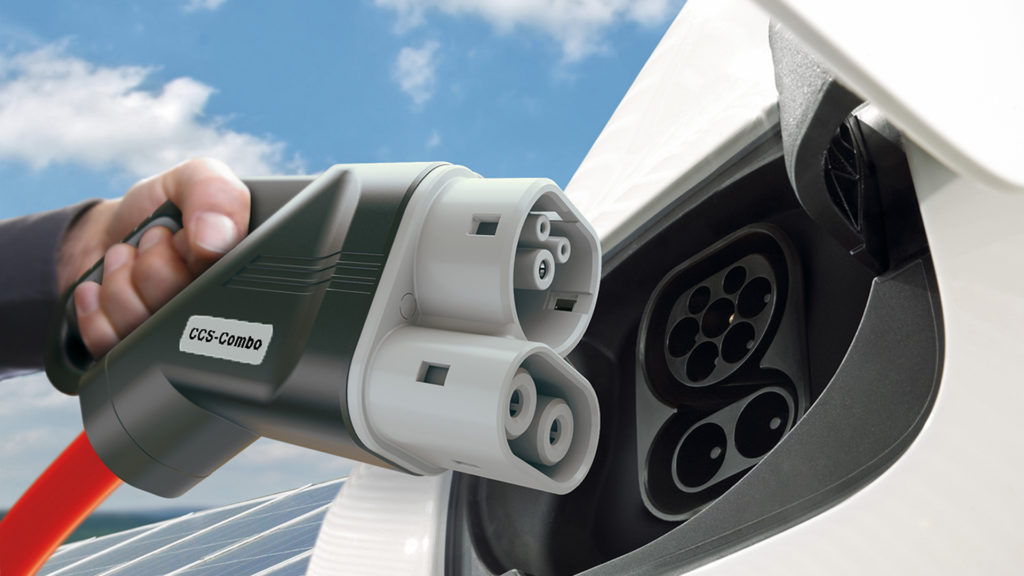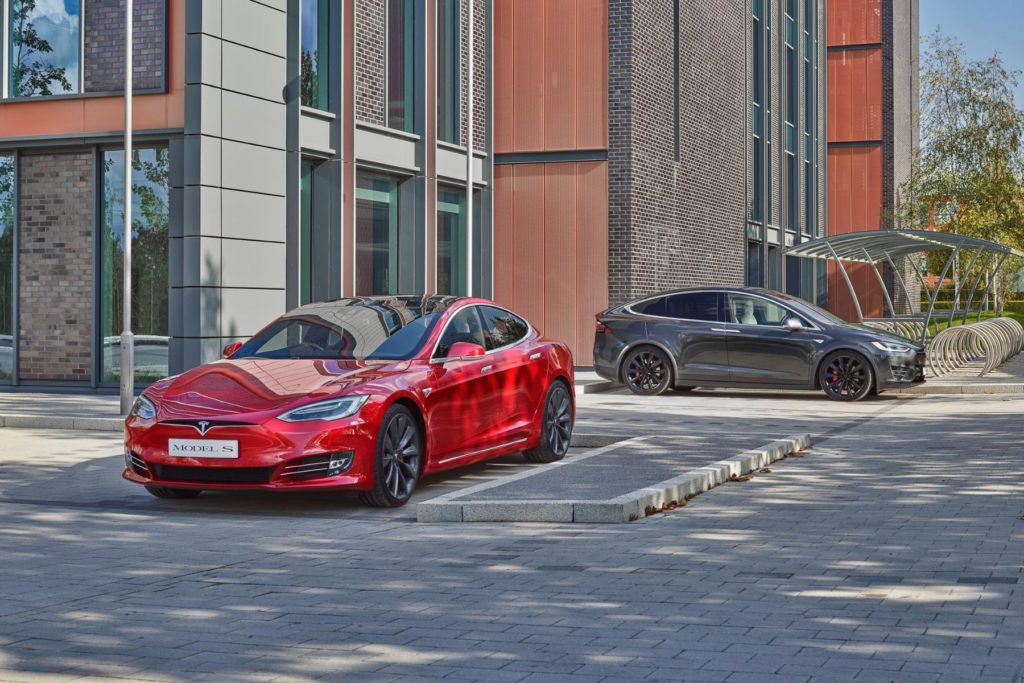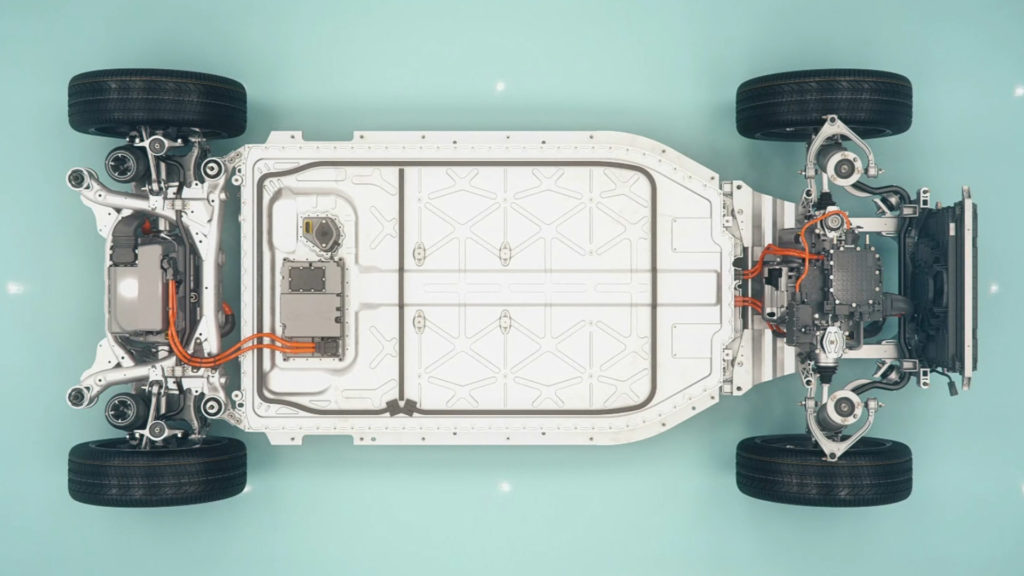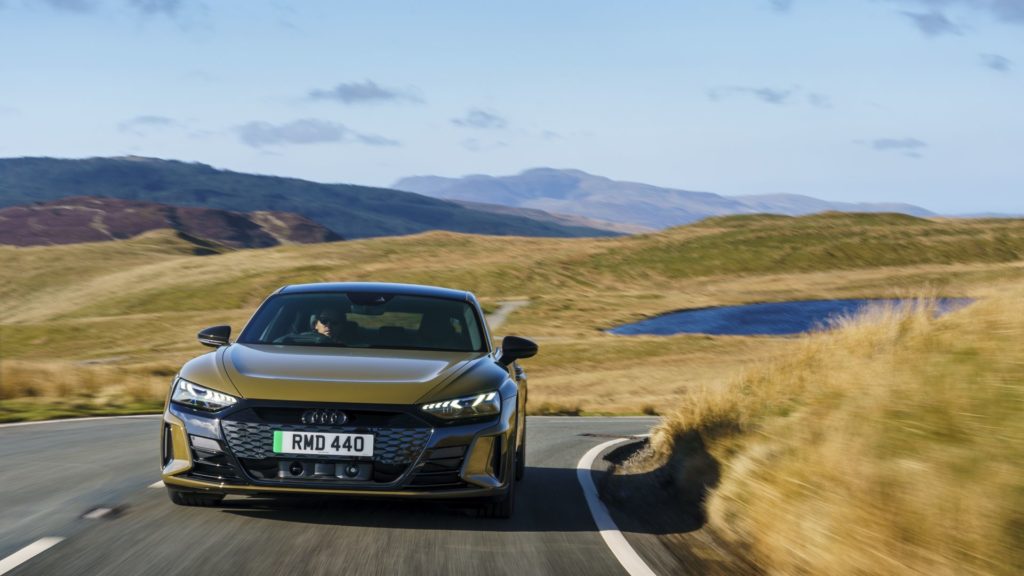If you are baffled by BEV, confused by CHAdeMO, perplexed by preconditioning and muddled by miles per kWh, you are not alone. Luckily, we are here to help.
The rapid adoption of electric cars has introduced us to a whole new range of acronyms, abbreviations, initialisms and terms that weren’t previously part of the motoring vernacular.
Here are some of the most common words and phrases you might come across when researching or purchasing your next electric car. The list is presented in alphabetical order.
AC
Alternating current (AC) is an electric current that changes direction at regular intervals. Electric power is supplied to homes and businesses as AC, but must be converted to direct current (DC) when it’s fed into an electric car’s battery pack.
AVAS
Acoustic Vehicle Alerting System. A sound generator used in electric cars to alert pedestrians, cyclists and other road users to their presence. The technology has been mandatory across Europe for all electric and hybrid cars since July 2019. Our guide to AVAS provides more information.
Battery pack
A large rechargeable battery, usually based around lithium-ion, that is used to power the electric motors of an electric car.
BEV
Short for Battery Electric Vehicle. A car that draws power solely from a battery that is charged by plugging it in.
BIK
Benefit in kind (BIK) is an income tax on company employees who receive fringe benefits or perks in addition to their salary. As a company car is considered a benefit, drivers have to pay a BIK contribution, which is based on the car’s CO2 emissions and P11D value.
CCS
Combined Charging System. Almost all modern electric cars come with a CCS connector that allows for fast or rapid charging at a public charging point.
Cells
The electrochemical units that combine to make up a car’s battery pack.
CHAdeMO
An abbreviation of ‘CHArge de MOve’ or ‘charge for moving’. It was the original rapid-charging standard for electric vehicles, established by a group of Japanese companies. CHAdeMO is now being phased out in favour of the CCS system.
Charging speed
The time it takes to charge an electric car from empty to full, although this is more likely to be quoted as something like 20 percent to 80 percent. The bigger the battery and the slower the charging point, the longer it will take to ‘fill up’.

Chargepoint
Also known as a charging point or charging station. The place where you can plug in and charge an electric car.
CO2
Carbon dioxide (CO2) is the gas produced when a petrol or diesel car burns fuel, which is measured in grams per kilometre (g/km). This is used to calculate vehicle excise duty (VED – or road tax) and also company car tax, which is why electric cars offer excellent tax advantages.
DC
Direct current (DC) is a faster type of charging because the electric car doesn’t have to convert power from AC to DC.
Destination charging
A common term used for charging an electric car when you reach your destination, rather than en-route charging. Destinations include hotels and conference venues.
Dual charging
As the name suggests, dual charging allows two electric cars to charge at the same time. It automatically splits the power between the two cars, which means the rate of charging tends to be slower.
EV
Short for electric vehicle. It’s often used to describe an electric car, but an EV could technically also be an electric van, bus or lorry.
Fast charging
Fast chargers are typically rated at 7kW or 22kW, although some Tesla destination chargers deliver 11kW of power.
Frunk
Frunk is a portmanteau of ‘front’ and ‘trunk’, the latter being the word Americans use to describe a car boot. Maybe it should be ‘froot’ in the UK?

Granny cable
A colloquial term for the ICCB (In Cable Control Box) cable that comes with an electric car. Read our guide to the granny cable.
Heat pump
A heat pump uses waste heat from an electric car’s powertrain to efficiently warm the cabin. Click here to learn more about heat pumps on Motoring Electric.
ICE
Short for internal combustion engine, used for cars that are powered by a petrol or diesel engine.
ICEing
The act of ICEing is to park in a space intended for electric cars without making use of (or having the need for) the charger. Our sister site Motoring Research has more information on the subject.
kW
Kilowatt (kW) is a measurement of electric power. 1kW is roughly the equivalent of 1.36 horsepower.
kWh
Not to be confused with kW, kWh is the total amount of energy stored in a battery. In general, the larger the battery, the further you can travel on a single charge.
Lithium-ion battery
The type of battery used in most modern electric cars.
Miles per kWh
Miles per kilowatt-hour (kWh) is the electric equivalent of miles per gallon (mpg) in petrol or diesel cars. It tells you the distance you can expect your electric car to travel for every kilowatt-hour of energy it consumes.
Plug-in Car Grant
The Plug-in Car Grant (PiCG) was a financial incentive offered by the UK government to encourage people to buy electric cars. It was cut back several times before being axed entirely in summer 2022.
Preconditioning
Preconditioning allows you to pre-heat or pre-cool an electric car’s cabin before you start your journey. Click here to discover how it can save you energy (and money).

Quadricycle
Strictly speaking, not all electric cars are cars. Examples include the Citroen Ami and Renault Twizy, which are cheaper to buy than regular cars, but limited in terms of power and weight.
Range
How far you can expect to travel on a single charge, according to the official figures. The actual range will be displayed on the car’s dashboard.
Range anxiety
The fear – often irrational – of not reaching your destination in an EV. Improved battery technology and a more extensive charging network means fewer people now suffer from range anxiety.
Rapid and ultra-rapid charging
Most commonly found at motorway service stations or on major roads, rapid chargers deliver charging speeds of 43kW and 50kW. Ultra-rapid chargers deliver either 100kW, 150kW or 350kW.
Regenerative braking
A regenerative braking system can recover kinetic energy that would otherwise be lost during braking. In electric cars, some of this energy can be harnessed by the motor – and that means a longer range. Click here for more information.
REx
Short for range extender, which is essentially an electric car with a small engine that charges the batteries when they run low. Not to be confused with a hybrid or plug-in hybrid.
RFID
Short for Radio-Frequency Identification card. Used to pay for charging, these are likely to be phased out in favour of contactless payment.
Single-phase power
Most UK homes have a single-phase electricity supply, which means the charging rate for an electric car with a wallbox fitted is 7kW.
Slow charging
Slow chargers used to dominate the public network, but today you’re more likely to find them in homes and workplaces. The majority of slow charging points are rated at 3.6kW.
Smart charging
A method of charging an electric car when the electricity supply is at its cheapest. Speak to your energy company for more information.
Supercharger
Tesla’s charging network, which is being opened up to drivers of non-Tesla electric vehicles. Read our guide to Tesla Supercahrgers for more information.

Tethered
A tethered cable is fixed to the charging point, so you don’t need to use the charging cable supplied with your electric car.
Three-phase power
By upgrading from a single-phase to a three-phase supply at your home, it’s possible to fit a faster 22kW charging unit. Few homes in the UK already have a three-phase electricity supply.
Trickle charging
The slowest form of charging, most likely from a domestic plug socket. Best used only in emergencies, as filling your car will take many hours.
Turtle mode
Used to move an electric car to safety when it is about to run out of power.
Type 1
A five-pin connector that’s found on some older electric cars and is standard in the US. It has no locking mechanism and can only carry single-phase power.
Type 2
A seven-pin connector that is widely used across Europe. It comes with a locking mechanism.
Untethered
You won’t find a cable at untethered charging points, so make sure you carry one with you in the car.
Voltage
A measure of the power of electricity. In basic terms, the higher the voltage, the more powerful the electric car.
Wallbox
Installing a home charging point – commonly known as a wallbox – is safer and much faster than using a domestic three-pin socket.
WLTP
The Worldwide Harmonised Light Vehicle Test Procedure (WLTP) is used to measure the official, manufacturer-supplied figures for electric car range. It’s more accurate than the old NEDC (New European Driving Cycle) method, which was used until 2019.
Workplace charging
Charging your electric car at work using charging points installed by your employer.
ZEV
Zero Emission Vehicle. See also OZEV: the government’s Office for Zero Emission Vehicles.
ALSO READ:
What are the pros and cons of electric cars?
Audi E-Tron electric cars: Your questions answered
Can I use a Tesla Supercharger to charge my non-Tesla electric car?


[…] Electric car jargon explained: from AC to ZEV […]